Tag:canola
The Goulburn Valley Canola season has begun, signalling the arrival of spring. The fields are bursting with vibrant yellow blooms, creating a stunning display. You can’t miss the beautiful yellow flowers that adorn the countryside when you travel from Melbourne to Ballarat or up to the ski fields. The fields in this region provide breathtaking views, particularly during the flowering season when the landscape is blanketed with these vibrant yellow flowers.

Goulburn Valley Canola Fields
Canola is a popular crop in several regions of Australia. However, canola is particularly prevalent in Victoria in the Goulburn Valley region. This region is well-known for its fertile soil and favourable weather conditions, making it ideal for growing canola and other crops. It’s home to numerous large and small-scale farmers specialising in growing canola. Other popular areas for canola cultivation also include the Murray Valley and the Riverina, which boast plentiful water resources and thriving farming communities, making them ideal locations for canola production.
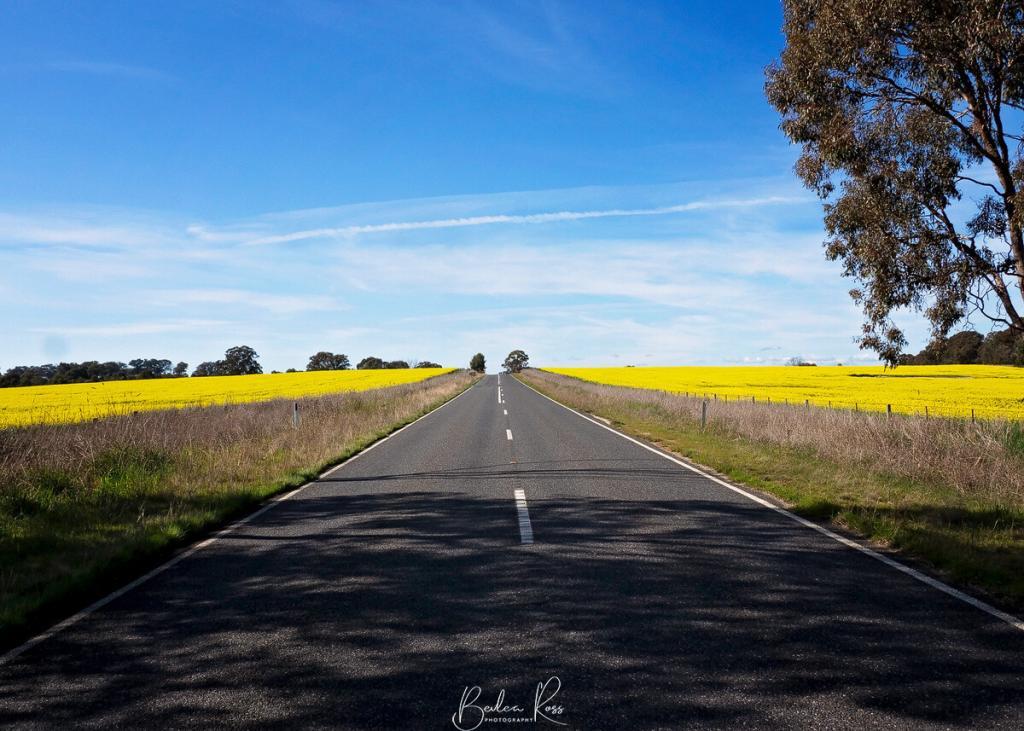
Driving the Goulburn Valley
With a friend visiting me for a few days, we decided to take a mini road trip through the Goulburn Valley to get as many canola fields as possible. Starting in Nagambie (check out the fields in O’Dwyers, Vickers and Nook Roads), we drove to Dookie and had a late breakfast at the Dookie Emporium. It’s a cafe/antique shop, and while the coffee was great, I don’t recommend the food. Or the service. Do yourself a favour and pack a picnic basket!
We photographed the Dookie poppy tree (opposite the Dookie Emporium) and a couple of fields near Tallis Winery before heading to Katamatite to check out the new silo, then Pfeiffer Wines and ended our day in Corowa. After breakfast in Corowa the next morning, we headed to Chiltern, then the Shiraz Republic, before returning home.
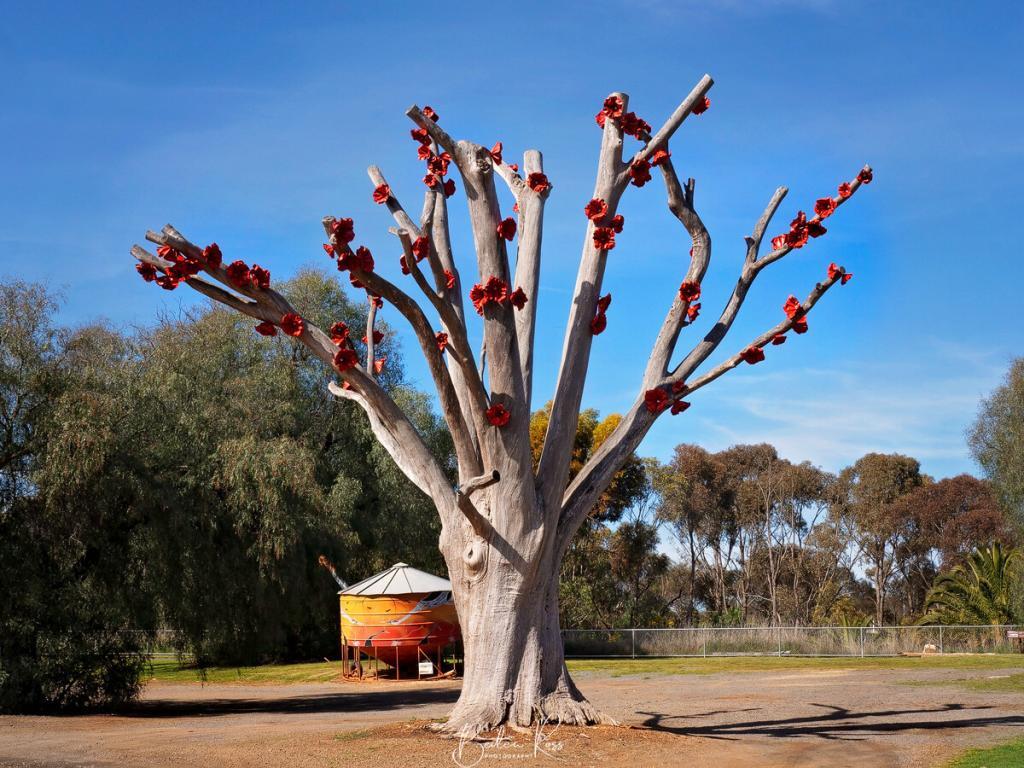
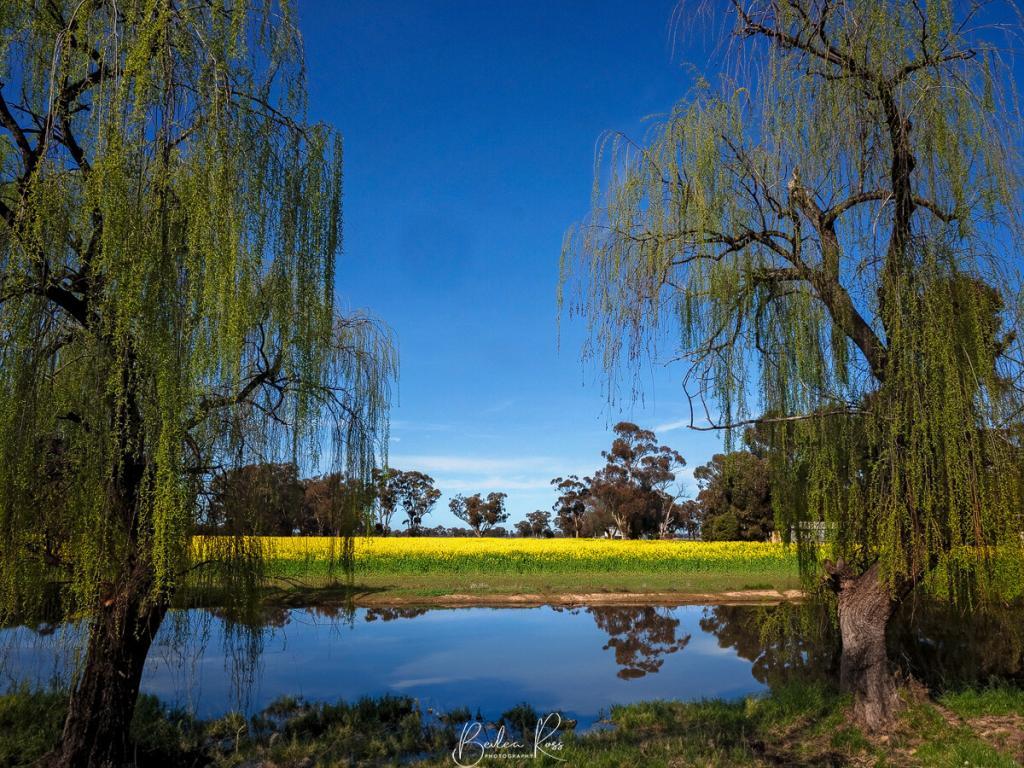
Goulburn Valley Locations
- Shepparton: A significant agricultural hub surrounded by rich and fertile farmland. This region is particularly popular for canola photography during the flowering season when the fields are ablaze with yellow blooms.
- Nagambie: The charming town of Nagambie is located in the heart of Northern Victoria’s agricultural region. Rolling hills and fertile farmland surround the area. Canola fields provide breathtaking views during the flowering season.
- Dookie: Located 30km from Shepparton is the tiny town of Dookie. Mt Major and Mt Saddleback are prominent landscape features, as are the rich red volcanic soil, historic buildings and other natural features, including a river, creeks and box ironbark forest.
- Shiraz Republic: Situated at 507 Hamblin Road, Cornella, the field is open Friday to Monday, 11 a.m. – 5.30 p.m. The Shiraz Republic is an award-winning winery and cellar door with a large canola field adjoining the Winery/Brewery. This particular canola field permits visitors to walk through it. However, an entry fee of $10 per person is required to enter the Canola Walk. There is no restriction on the duration of your stay, but please be mindful of other photographers. During our visit, a young couple who were taking Instagram photos had monopolised the truck for approximately an hour.

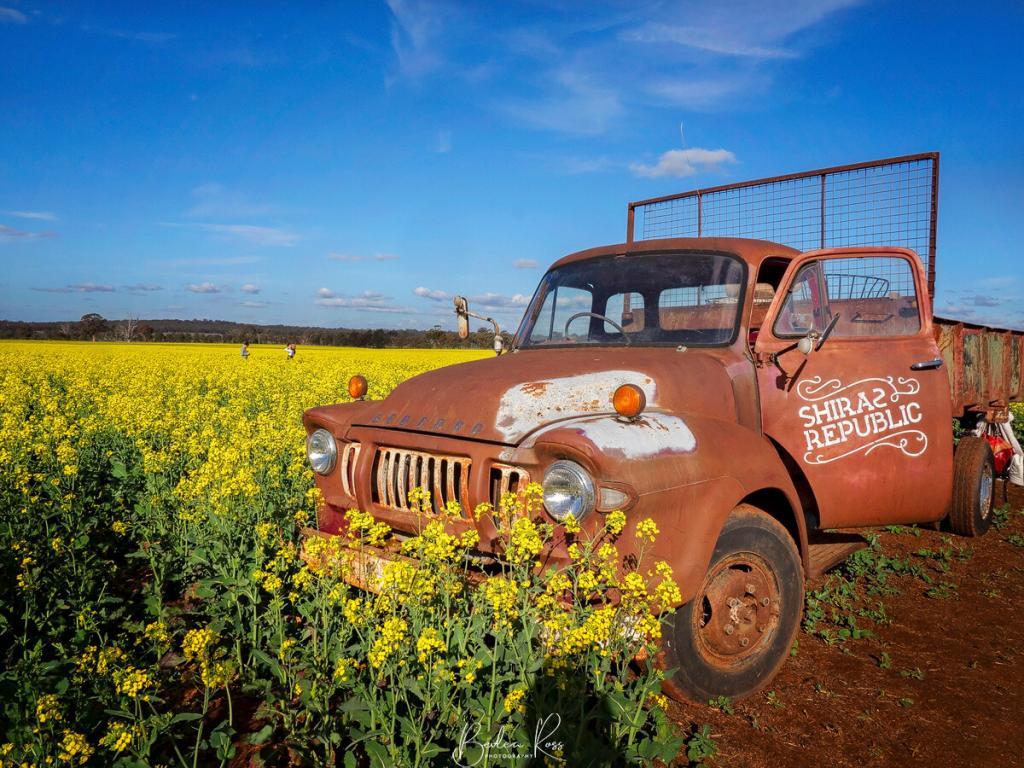
Tips for Canola Photography
Timing: The best time to take breathtaking pictures of Victoria’s canola fields is during their flowering period when they are covered in gorgeous yellow flowers. Although the timing and region depend on weather conditions, you can generally expect the flowering period to start mid-August, be in full bloom by mid-September and finish by mid-October. Additionally, the golden hour – which occurs just before sunrise or just after sunset – is an ideal time to capture striking images of canola fields, as it offers the perfect lighting for photography.
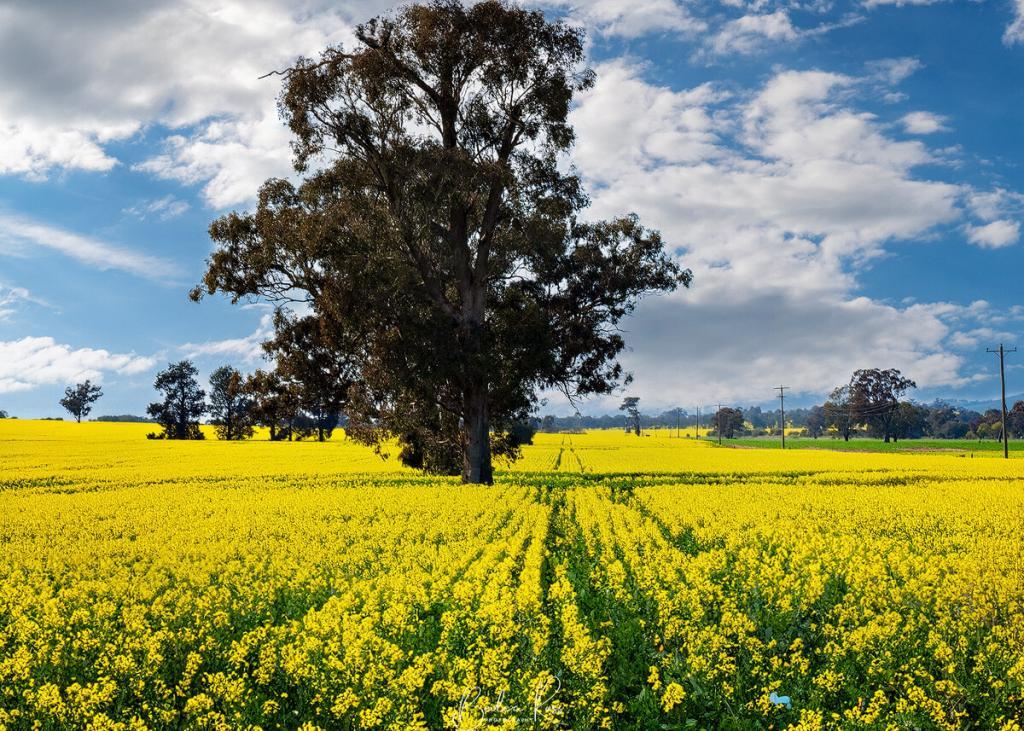
Angle and Perspective: Experiment with different angles and perspectives to capture the scale and beauty of the canola fields. Consider shooting from above or below or using a telephoto lens to focus on individual flowers.
Use of light and shadows: Pay attention to the lighting conditions when taking photos. The overhead sun can be harsh and create unflattering shadows. On the other hand, the side light is softer and can highlight the texture and detail of the canola plants.
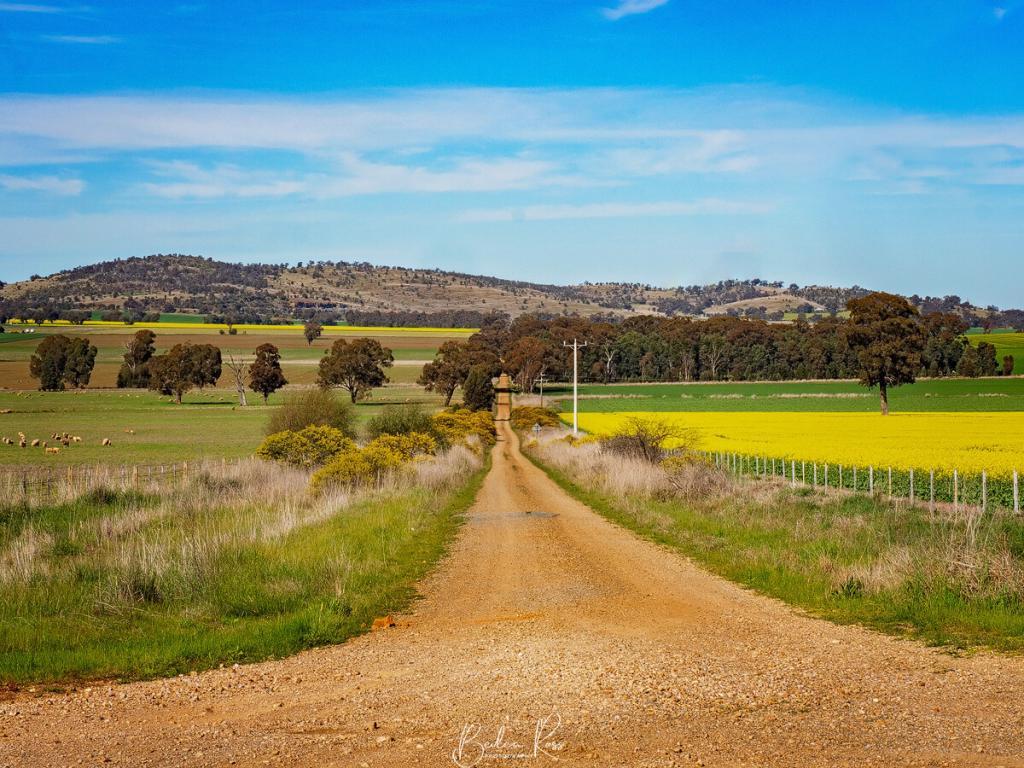
Composition: Use leading lines and patterns in the canola fields to create visually appealing compositions. Experiment with different framing techniques, such as the rule of thirds, to make your photos more engaging.
Weather: Inclement weather can add interesting elements to canola photography, such as mist, fog, or rain. Keep an eye on the weather forecast and be ready to take advantage of these opportunities.
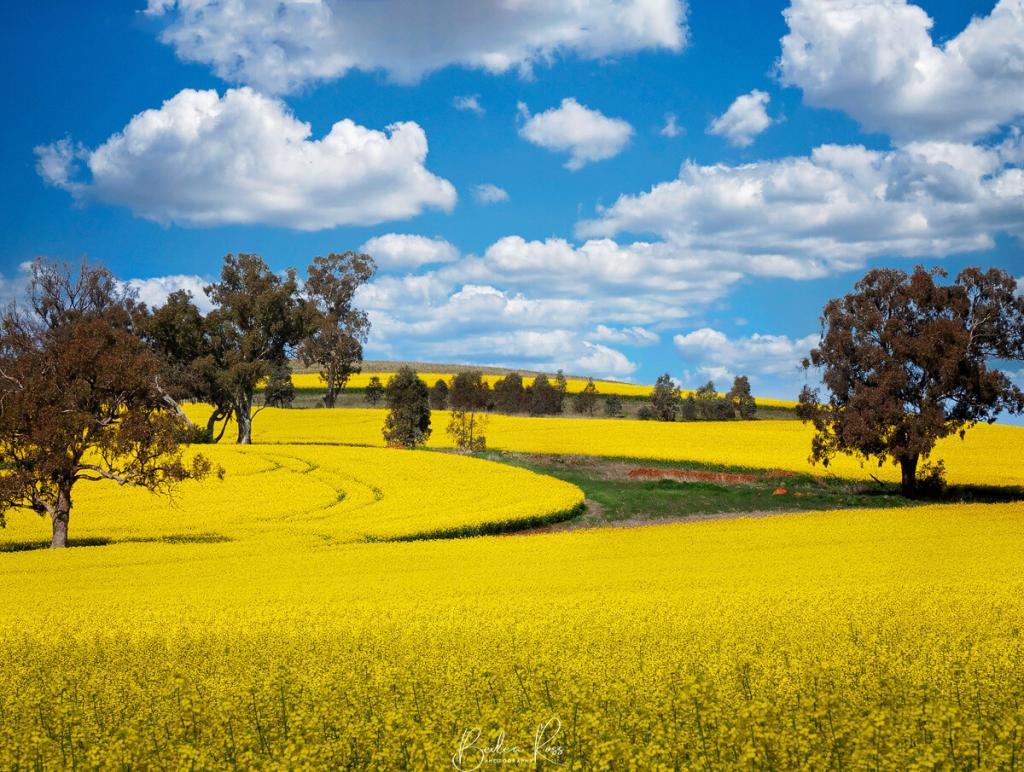
Post-processing: Experiment with post-processing techniques to enhance the colours and contrast in your photos. Consider using filters to bring out the yellow tones in the canola flowers.
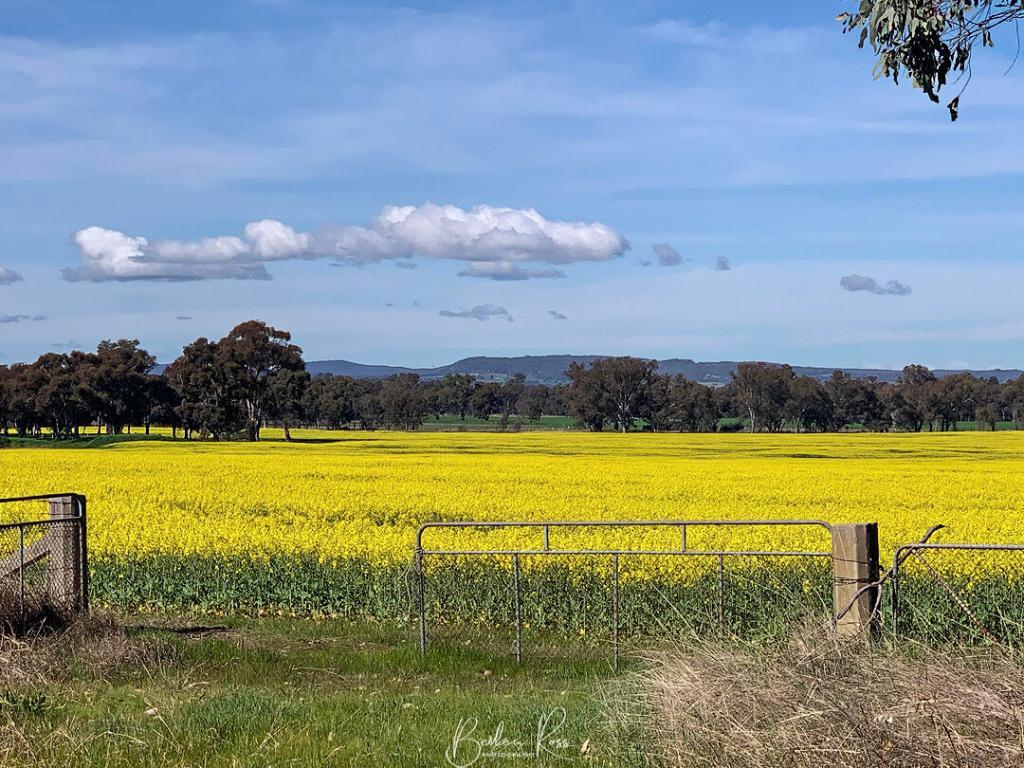
Just go!
Capturing the beauty of the canola fields in Northern Victoria during the flowering season is a unique and rewarding experience for any photographer. The rolling hills, vast expanses of golden fields, and picturesque countryside provide a stunning backdrop for capturing the essence of this region’s agricultural heritage.
So don’t hesitate; grab your camera and head out to capture the beauty of the canola fields. Whether you’re a seasoned photographer or just starting out, there’s no better way to experience the magic of Northern Victoria’s landscape than through the lens of a camera.
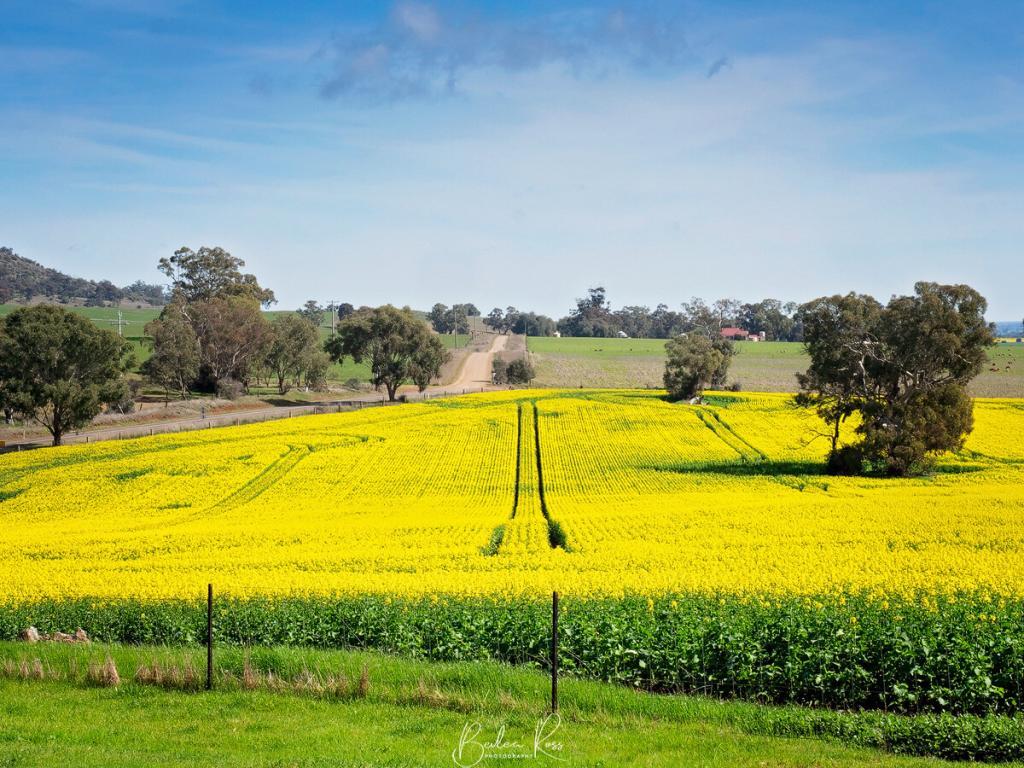
You’re bound to capture visually stunning images with the right preparation, a keen eye for detail, and a little creativity. So go ahead, take the leap, and see what you can capture!
Spring means Canola! As far as the eye can see, Victoria’s amazing fields of gold are blooming. Also in flower are fields from Western Australia’s Wheat Belt, South Australia’s Clare Valley, NSW’s Riverina and Central West, and Victoria’s South West are ablaze with blooming yellow Canola fields. Blooms are at their best from mid-September through to mid-October. The yellow blooms attract many Instagrammers and photographers each year, and it’s not hard to see why, with brilliant, bright yellow flowers set against colourful Australian landscapes.

This year in Victoria, growing conditions have been perfect, and farmers are gearing up for a bumper harvest. But, with this year’s lockdowns, I would hazard a guess that farmers are also very relieved that those same Instagrammers and photographers can’t trample their fields looking for the perfect shot.

Canola (Brassica napus L.) is an oilseed crop created through plant crossbreeding. Scientists in Canada developed an edible version of the rapeseed plant, which — on its own — harbors toxic compounds called erucic acid and glucosinolates. The name “canola” comes from “Canada” and “ola,” denoting oil
Healthline
While no cooking oil is “healthy”, Canola is the world’s healthiest cooking oil, second only to Olive Oil. Our bodies require fat – but some fats are healthier than others, and Canola provides more ‘good’ fats than bad. It’s a rich source of Vitamin E, is cholesterol-free and contains the least saturated fat than many other common cooking oils. Canola also has many non-food uses, such as biodiesel and bioplastics. In the US, it is also used in baby formula. In addition, the Canola meal – the part left over after the seeds are crushed and oil extracted, is used for animal feed, pet food and fertiliser.
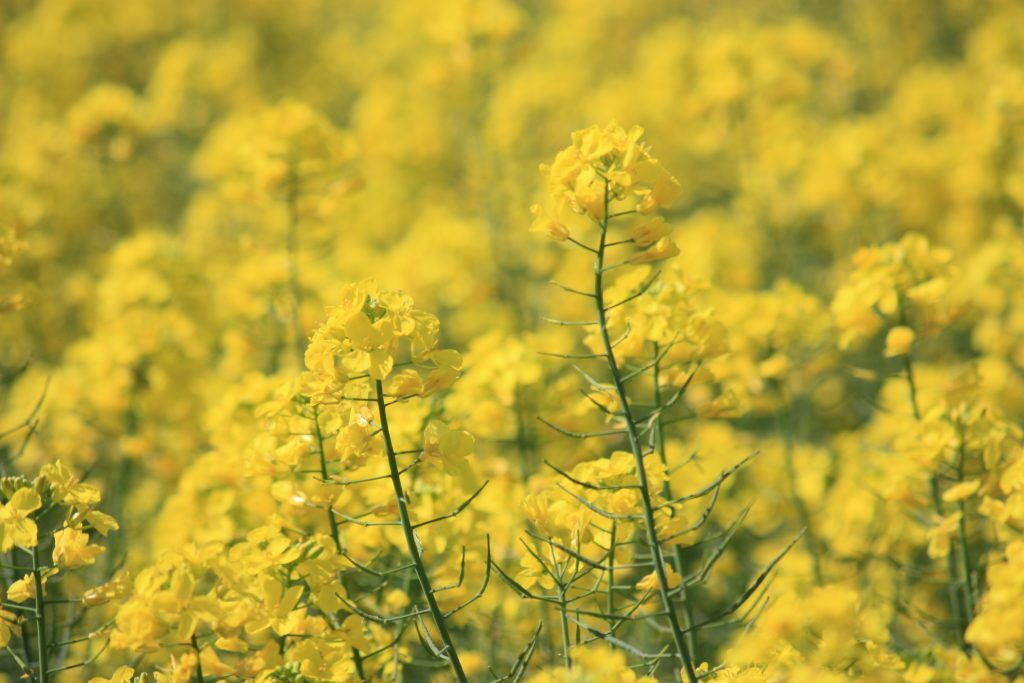
the canola plant
Canola is a herbaceous plant growing between 1 to 2 metres in height. The leaves are oval-shaped and hairy at the edges, with small yellow flowers that are a rich source of nectar that attracts bees. The flowers are capable of self-pollination – when cross-pollination is not available. The seed-containing pod is similar to a pea pod but five times smaller. Each pod contains 20 black or brown round seeds and contains 40% oil. It takes 22.5kg to make 10 litres of oil
Two types of protein are extracted from the Canola meal – these are used industrially in sports drinks and protein-enriched foods. Compounds isolated from canola are used in the cosmetic industry for soaps, lipsticks, anti-aging creams and moisturizing lotions. Two types of resins isolated from canola are used in the manufacture of ink

Locations
Where are these amazing fields of gold? In Victoria, you will find canola around Little River and Bellarine Peninsula, in Sunbury, along the Western Highway, heading towards the Grampians, Ballarat, Rokewood and one of the largest fields in the area, near Lexton. They also line the Goulburn Valley Highway to Shepparton and are plentiful around Nagambie and Dookie.

Safely Photographing Canola
- Look, but don’t touch! – Walking on or among the fields causes crop damage
- Don’t enter private property without permission – the perfect selfie does not justify trespassing
- Only pull over where it is safe to do so
Tips for Photographing Canola
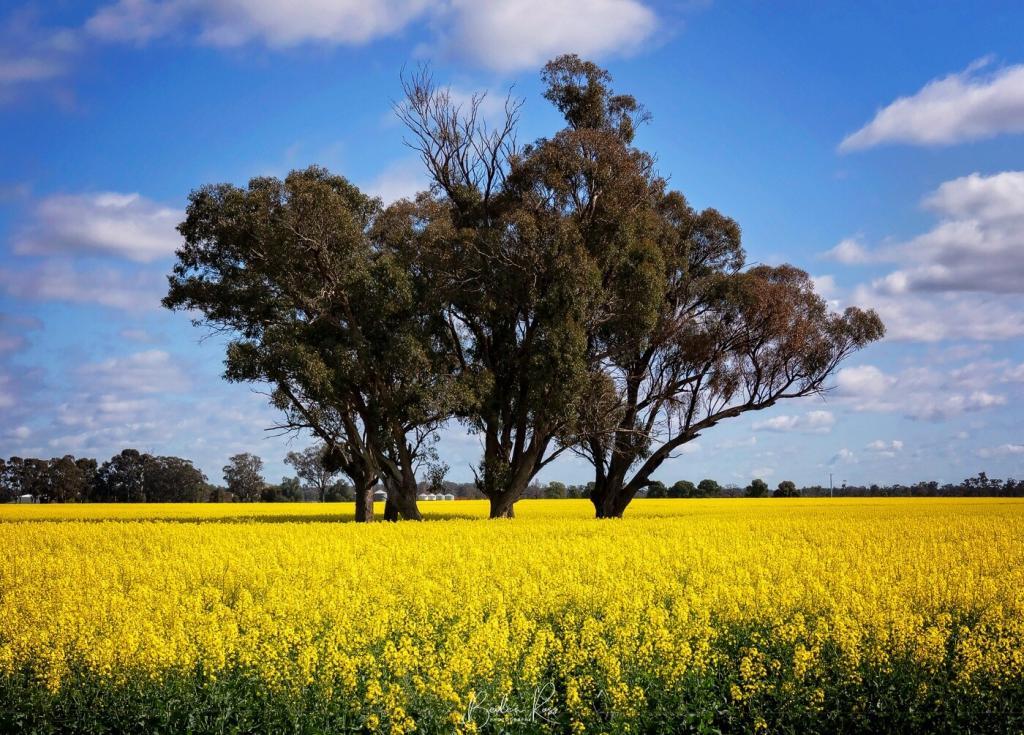
- If you want wide-sweeping vistas, a wide-angle lens will be needed. However, if you don’t own a wide-angle, either stand further back to include more of the scene – or shoot a pano.
- Another good lens to have on you is a zoom – the fields rarely have public access, so standing behind the fence, you will need a zoom lens to get closeups of the flowers. (All of my shots were taken with a zoom lens)
- Most fields have roads or paths quite close, so you can easily shoot over the fence. If you can’t get close enough, pull out the zoom
- Use a slower shutter speed for creative blur if it’s breezy
- Use a polarizing filter to enhance contrast
Best Weather And Time of Day
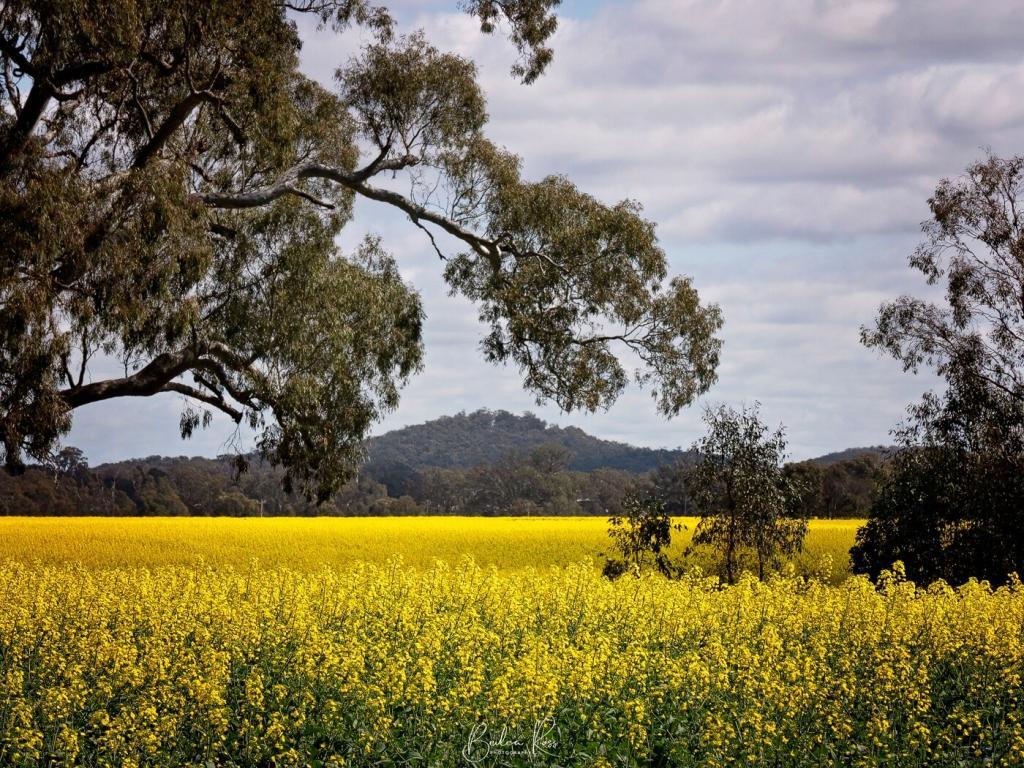
- Look for side lighting – and avoid backlit scenes
- It’s spring, which means it’s windier than at other times of the year. Try to pick a still day or enjoy the view while you wait for the wind gusts to stop.
- Partly cloudy days will give you lovely sunshine, so the canola flowers pop, but also ensure the sky is interesting with some puffy clouds. Dark skies of approaching rain – but the sun still shining are fantastic. But rare 🙁
- Sunrise and sunset also work great. Either use an ND Grad to bring the sky down or bracket your shots
- Look for tractor tracks for leading lines and trees to pull the eye into the photograph.
- Foreground interest – gates and fences
- Shoot at F8 and above to get front-to-back sharpness
- However, if you are super close to the canola, focus stack to avoid foreground blur
NOTE: An update to this post can be found on Goulburns Golden Blanket
Good luck with your hunting the Canola, Victoria’s Fields of Gold.

